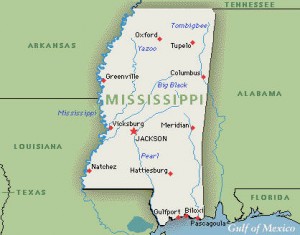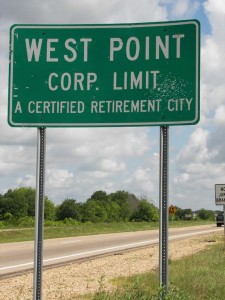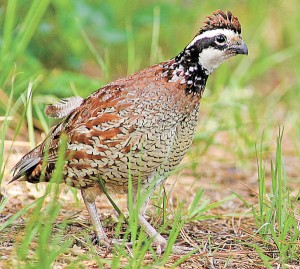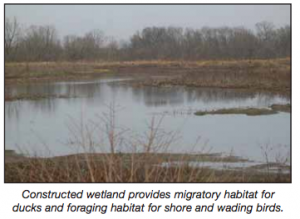Article on farmer, Jimmy Bryan’s success with incorporating wildlife on his working farm in Mississippi
By Wes and Leslie Burger
This article primarily focuses on the success a farmer in West Point, Mississippi where farmer Jimmy Bryan maintains his successful farm of 5,200 acres, running cattle and row crop operations. His success not only relies on his crop production, but also in his efforts to contribute his lands to the wildlife conservation movement, through a process of incorporating the rewilding ideology in his farming techniques. The driving force behind why Mr.Bryan decided to with this type of farming versus solely focusing on growing his cash crops is because of the childhood he had as a young boy. He recalls at a young age being able to hunt freely on the farm, as it was thriving with coveys. As he aged he noticed that with success of his farm, that the bob white, a local bird of the region, population plummeted in contrast to his success. Concerned with diminishment in their population, he decided to change his farming techniques in a way that would benefit rather than hurt the local wildlife species in close proximity of his business.
The goal Mr. Bryan was trying to achieve, “Bring it back to that (what he remembered as the a better days) to try to make it (The Farm) as productive as I can, along with having all the recreation and that I can have and to pass this on”, you can see his biggest concern is to conserve the land that he has and be able to pass it on the next generations. Another factor that driving his decision to go towards a more conservative form of farming were the financial incentives from the government. This allowed him to use areas on his land that was costing him more to grow in that profit from in terms of yield. It was a solution that would allow him to make up for his lost in lands and maintain financial security.
The problems his farm was facing were common ones that you would find on working farms, soil erosion, decreases water quality, and a lack of local wildlife.
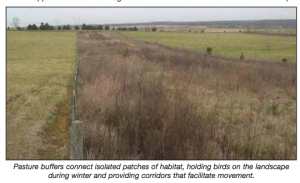
Carridors and Buffers Jimmy Has set up
Image from Successful Wildlife Management On a
Working Farm: A Case Study
These were problems that he found would be solved when he transformed his land to be apart of the wildlife rather than a blockade in it’s path. One of the main solutions that he and the Conservation Reservation Program (CRP) worked out was to increase the buffers he had throughout the land, making them thicker and more defined. This not only allowed the wildlife with areas to reproduce and move safely and efficiently throughout the land. He also noticed that the increased buffer zones decreased soil erosion and increased water quality with passing time. Going to the extra mile, these buffers had addition buffers that encompassed them, filled with local herbaceous plants that were on a 3-year rotation, being swapped in and out to achieve various cover types throughout the different corridors. As a result of his conservation on the farms not only was the wildlife richness increased, but there was increase all throughout in soil, water, and the farm’s direct ecosystem.
All in all I believe this was the perfect example of a farmer that felt like change was necessary, took it upon himself and showed that conservation and production can work together for the better of both causes. It is through this sense of stewardship that shows the positive impacts that rewilding can have for the agricultural community. From what I have researched so far, this seems to be one of the farmers that is diving into this new method of farming, hopefully inspiring others to follow in his footsteps. I think what truly represented the meaning of rewilding was his intentions for it in the first place. Rewilding though as some may assume it to be for the present generation, but unfortunately it is a process that is gentle, taking time to fully go into effect. It is an investment not for our generation too enjoy, but rather to save and keep intact what we can so that the generations following us are allowed to enjoy it as well.
-John Truong
